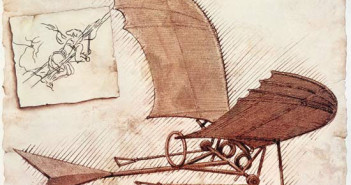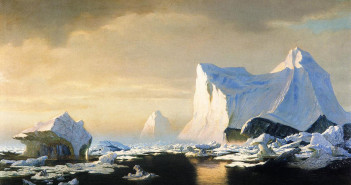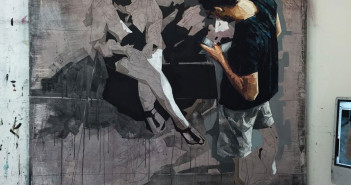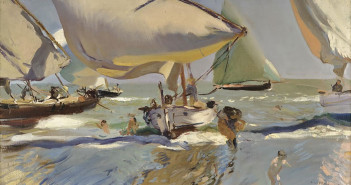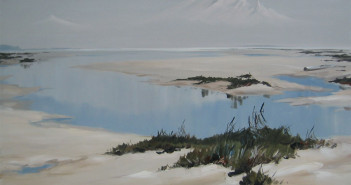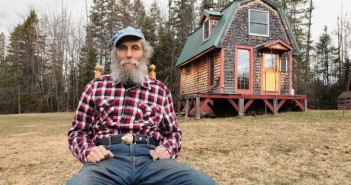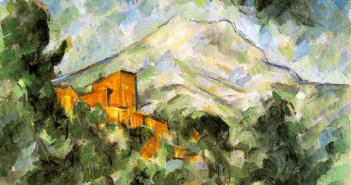
Formlines
Here in Ketchikan, Alaska, the creek is thick with spawning Pinks, having leapt waterfalls and manmade ladders to now shuffle against the current and shimmy at the stream’s shallowest edges. They’re like an elegant, undulating carpet, building their redds in the riffles (shallow nests). Local kids wade in and scoop them up in their arms for fun — if the bears haven’t got there first. Scientists believe the salmon use magnetic fields and their sense of smell to return to the very beds they were born in. If they manage to make it, after spawning an inborn senescence kicks in, softening

